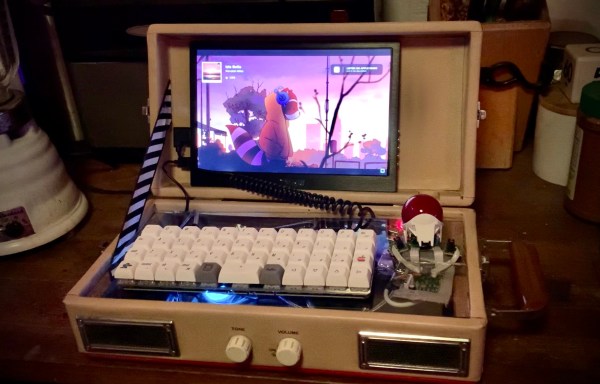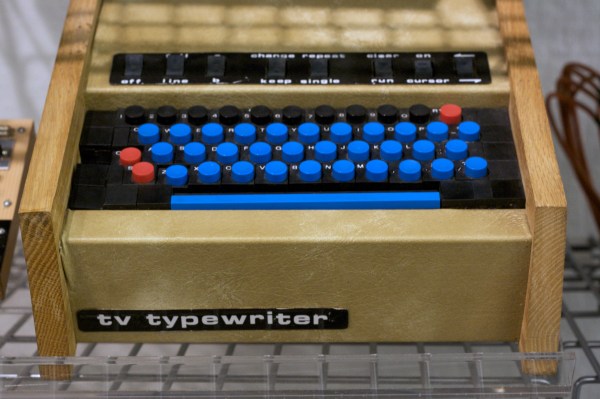Time and tide wait for no hacker, even if they happen to spend their spare time working on the sort of eco-friendly projects that qualified for the Green Hacks challenge of the 2023 Hackaday Prize. This environmentally conscious round ended last month, and after plenty of carbon-neutral debate, our panel of judges have settled on their ten favorite projects.
As a reminder, the following projects will not only receive a $500 cash prize, but will move on to the Finals. They’ll then have until October to put the finishing touches on their creations in an effort to claim one of the final six awards, which includes the Grand Prize of $50,000 and a residency at the Supplyframe DesignLab. Although there can only be ten finalists for each round of the Hackaday Prize, we’d like to thank everyone who put the time and effort into submitting their Green Hacks. We’ve only got one Earth, and we’re all going to have to work together if we want to make sure it stays beautiful for future generations.
Continue reading “Hackaday Prize 2023: Green Hacks Finalists”


















